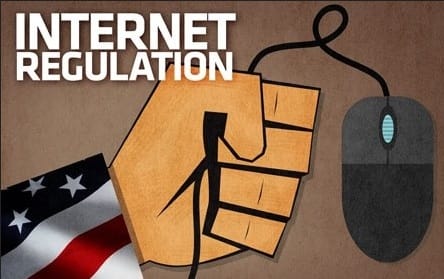The telecommunications landscape is witnessing a breakthrough in connectivity options, thanks to a collaboration between T-Mobile and SpaceX’s Starlink. Announced in a Super Bowl ad, the two tech giants revealed they are opening the gates to their revolutionary satellite-powered messaging service for a beta test. This unprecedented venture seeks to eliminate dead zones by enabling smartphone users to send and receive text messages directly via satellites without relying on terrestrial towers.
The beta test is part of a larger effort by T-Mobile and Starlink to bring the world one step closer to seamless global communication. Unlike conventional satellite phone systems, which often require costly, specialized hardware, Starlink and T-Mobile’s service is designed to be accessible from any compatible smartphone. T-Mobile has pledged to make the beta accessible to all users, regardless of their current carrier, including Verizon and AT&T customers. The service is free for all participants during its beta testing phase which runs until July 2025.
The technology hinges on Starlink’s extensive low-Earth orbit (LEO) satellite network, which utilizes high-speed, small-scale satellites to provide coverage. By linking directly to a user’s ordinary cell phone, Starlink can deliver messaging services in areas where traditional cellular networks fall short, such as rural regions, remote islands, and even in emergency situations.
One of the standout features of this beta test is its ease of use. Unlike previous satellite communication technologies, messaging through Starlink requires no advance technical training or device modification. Users simply need a smartphone capable of running a native messaging app. By leveraging Starlink’s satellites, participants can send SMS messages even in zones where cellular signals are otherwise unavailable.
T-Mobile has encouraged the public to sign up for the beta program not just as a way to experience the new technology but also to contribute valuable user data that will inform the project’s full-scale rollout, expected later this year. While the beta phase is being offered at no cost, T-Mobile has announced that the service will eventually be available as an add-on, with plans starting at $15 to $20 per month, depending on the user’s existing mobile plan.
This development has wide-ranging implications for emergency communications, particularly in regions that are prone to natural disasters. Often, areas hit by hurricanes, earthquakes, or wildfires are left without telecommunications access for days or weeks. A satellite-based texting service like this one can provide critical communication lines for emergency responders and affected residents alike.
What sets the Starlink and T-Mobile offering apart from competitors like Apple’s satellite-based emergency messaging is its inclusivity; the service is designed to be versatile, supporting not just emergency scenarios but everyday messaging for those venturing into a dead-zone area. It will also have the capacity to connect across vast geographical footprints, covering not just the United States but offering the potential for global scalability.
Much of the buzz around the newly-launched beta is fueled by the T-Mobile and SpaceX partnership. When it was first announced in 2022, the collaboration drew skepticism regarding whether the technology could be implemented cost-effectively. However, rapid advancements in satellite technology and increased competitiveness in the private space industry have reduced costs while improving functionalities. This beta test marks a substantial milestone indicating the feasibility of direct-to-smartphone satellite services.
The success of this venture could open the door for more expansive applications of satellite connectivity beyond simple text messaging. Plans for future iterations of the service include the ability to handle multimedia messaging and even basic voice calls, though these features will not be part of the July beta test.
For many tech observers, this development feels like a turning point—a marker of the beginning of widespread satellite integration into consumer telecommunications. It represents a significant step towards a future where smartphone users are no longer tethered to the limitations of cell towers.
As we move closer to the July cut-off date for the beta period, participants and industry stakeholders alike will be watching closely to measure performance, user satisfaction, and its reception among consumers. Metrics from this beta phase will define how this service evolves, including its pricing model, international expansion, and level of integration into retail hardware and software systems.
This initiative has placed both T-Mobile and SpaceX in the spotlight, showcasing not just their commitment to innovation but also their ability to disrupt traditional telecommunications frameworks. Whatever the final evaluations of this service may be, it is already clear that Starlink and T-Mobile’s partnership represents a pivotal shift in satellite-based consumer communications.



